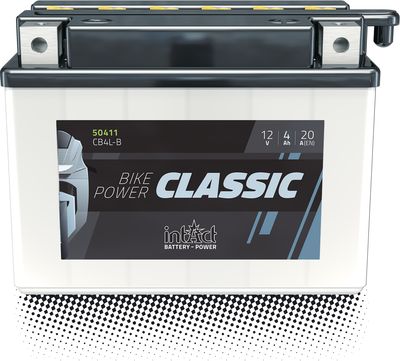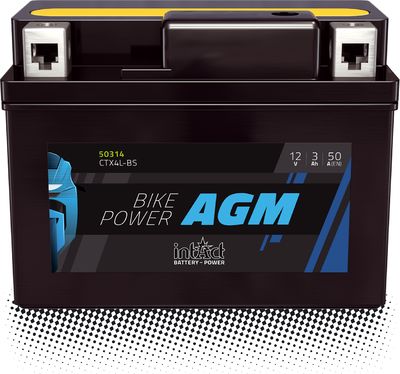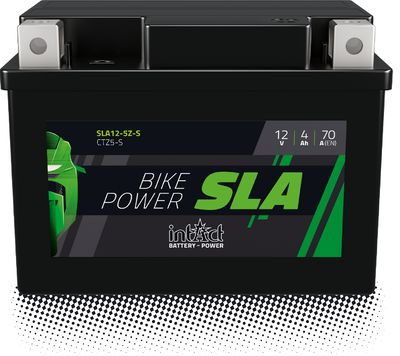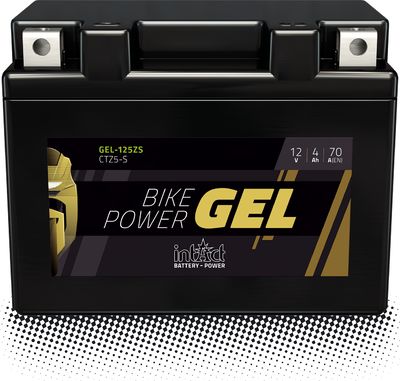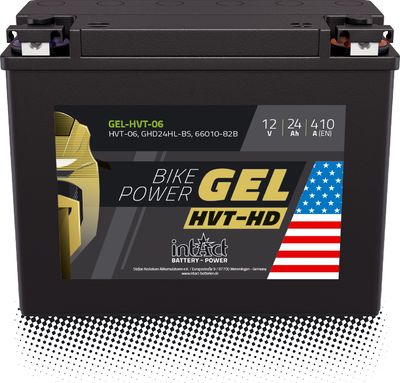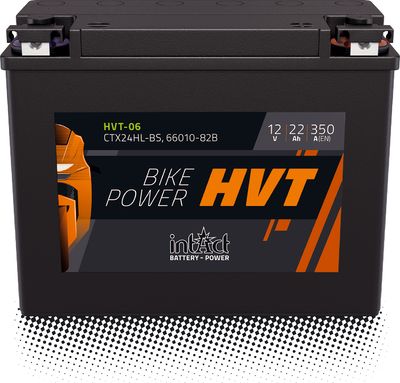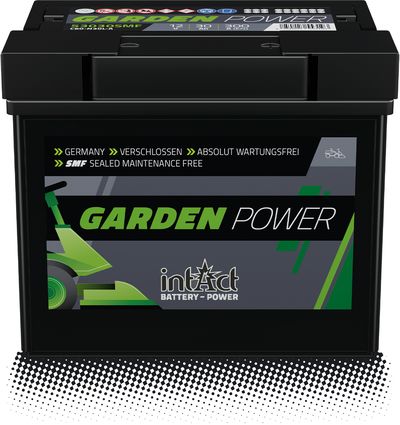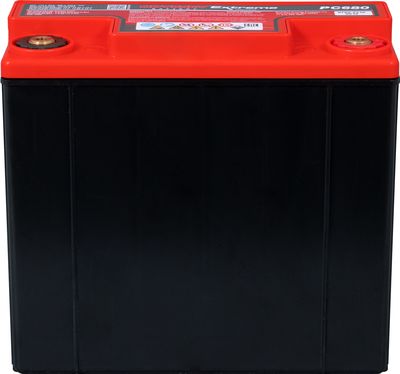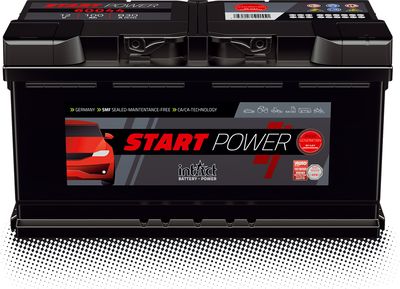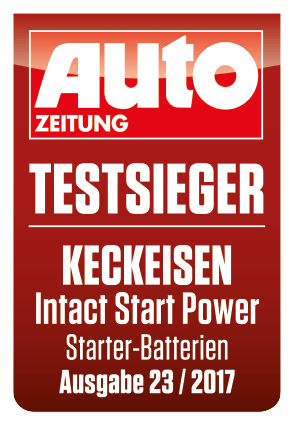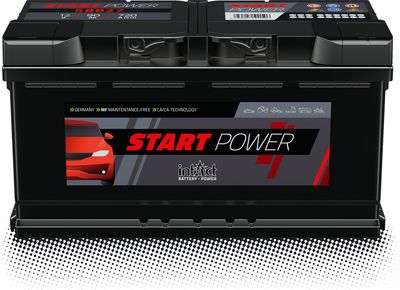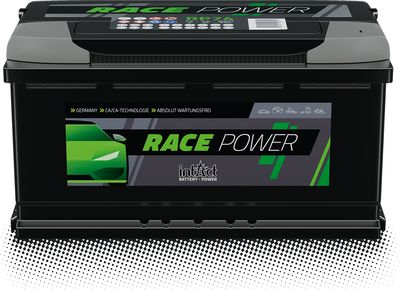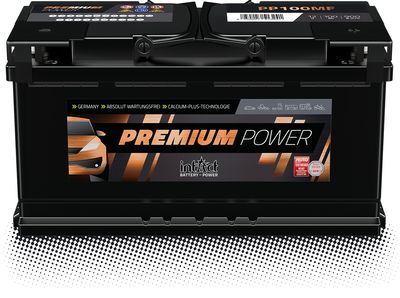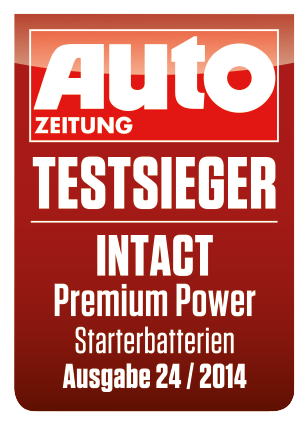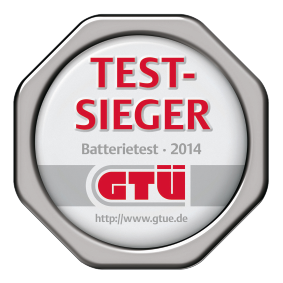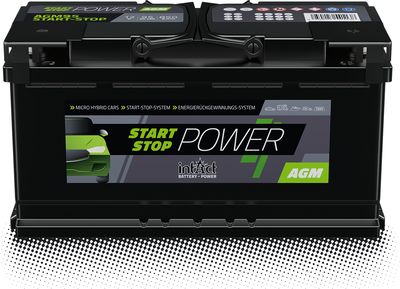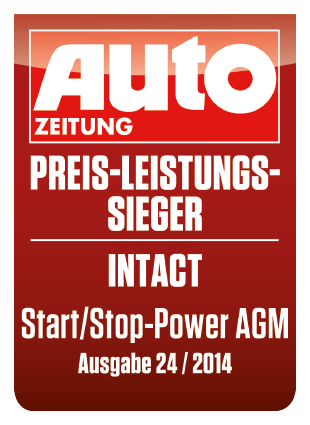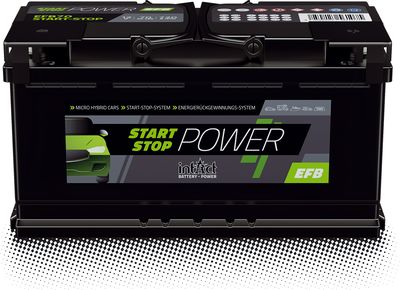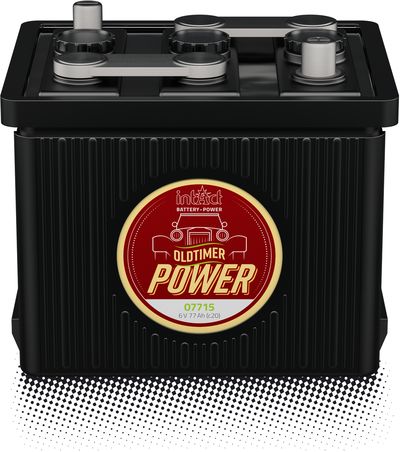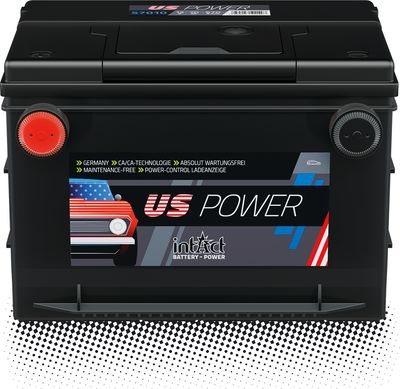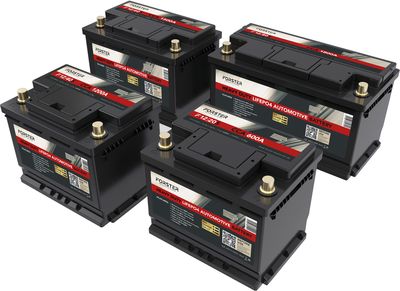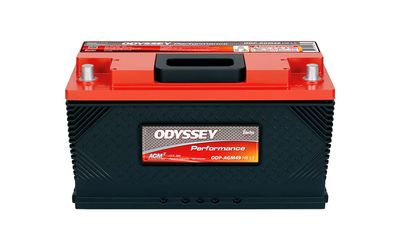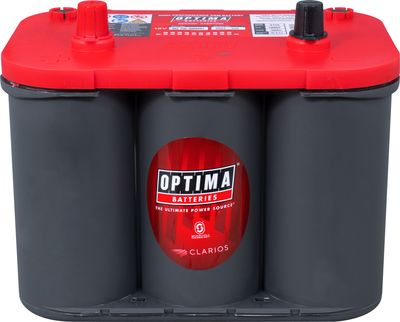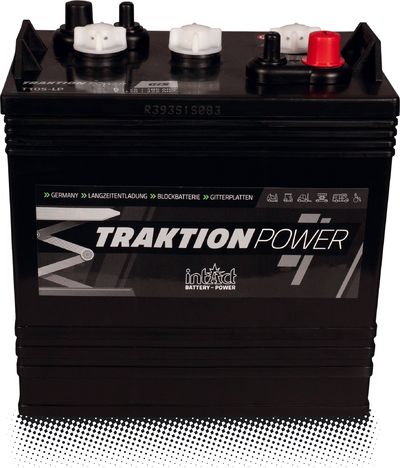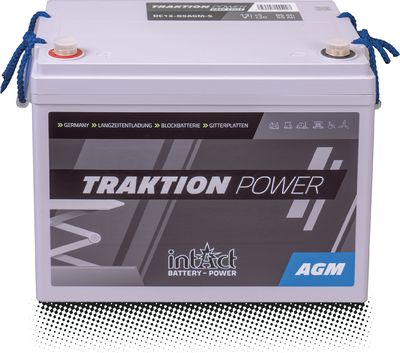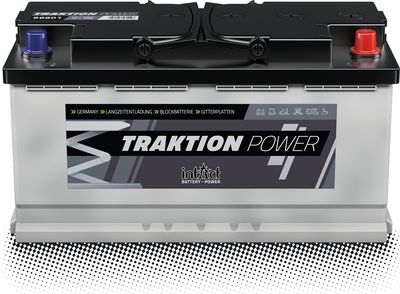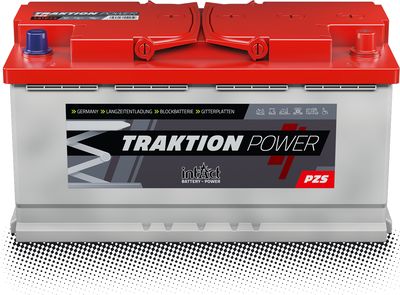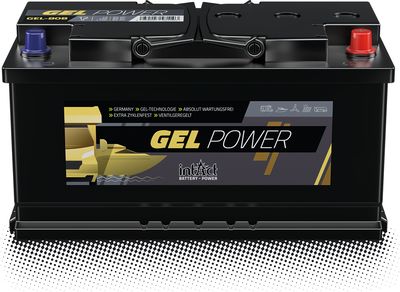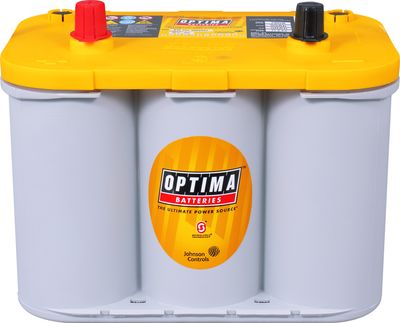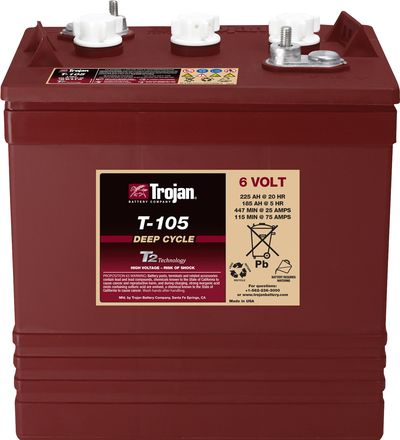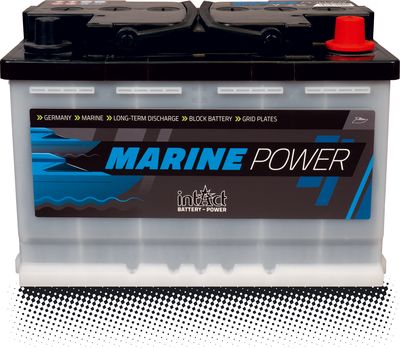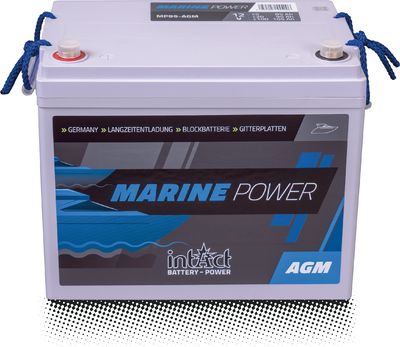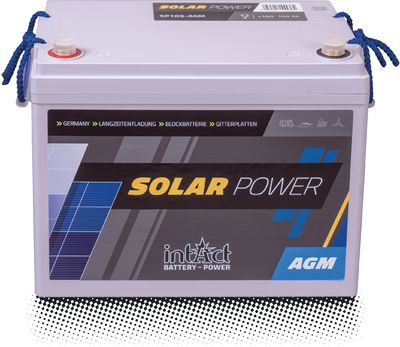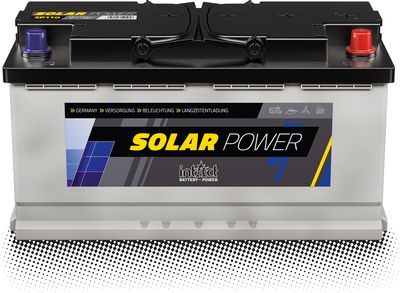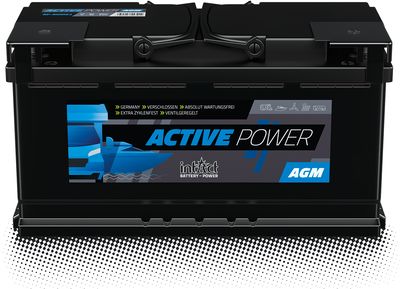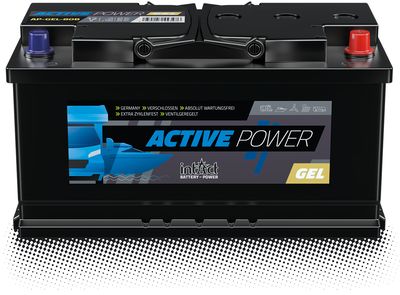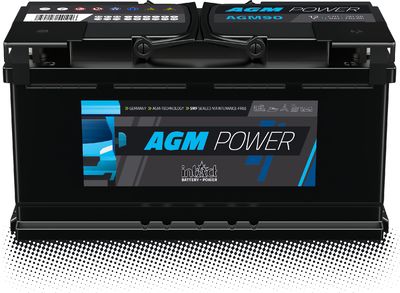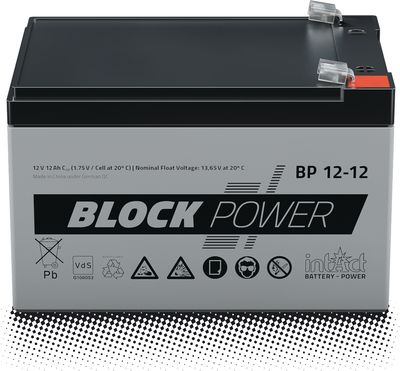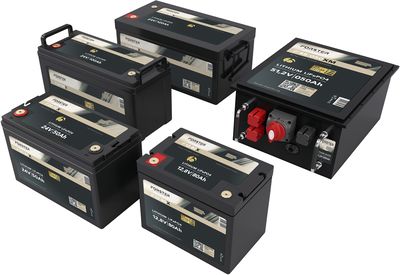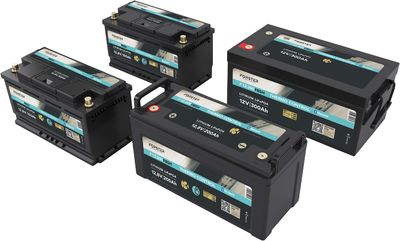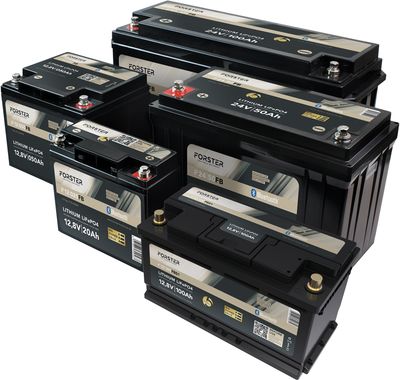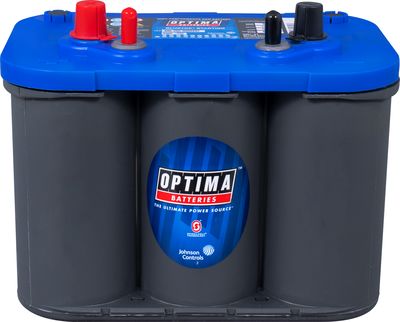What is wear and what can you do about it?
With a worn battery, the active material has degraded due to excessive load. Modern vehicles with many consumers constantly place higher demands on the battery. The capacity of the installed batteries is often not designed for this.
Prevention
The choice …
Checking the liquid level against sulphation
In a battery or accumulator, the chemical reaction between the active material of the grids and the acid generates current (electrons emitted) to supply the loads or stores current (electrons) provided by the charger or alternator.
If the acid only partially …
Always choose a battery that suits your individual requirements
Each battery technology has particular strengths, but also weaknesses. Depending on the requirements your battery has to meet in the respective application, or which properties you want, some battery technologies are more suitable or less suitable.
It is important to weigh up the properties.
Always choose a battery that matches the load
Depending on the type of battery, it is designed for certain loads:
Starter batteries must deliver as much current as possible during the starting process. The cold start current, measured in CCA, is informative here and shows how much starting power …
The plates in a battery will corrode if they are not completely covered by battery water.
Reasons for corrosion Sealing damaged before filling in dry pre-charged batteries Closed, low-maintenance batteries such as the intAct Bike-Power Classic are dry …
What does low maintenance mean?
Low-maintenance batteries can be recognised by the removable sealing plugs on the top, the vent hose and the white or transparent housing. In these batteries, the electrolyte is in liquid form, i.e. it is not bound as GEL or in fleece. They are not sealed …
Batteries without vent hose
Only conventional, wet batteries need a vent hose, because they gas strongly during operation. The resulting steam can escape through the openings in the plugs. To prevent the vapour from damaging the vehicle, conventional batteries are vented to the …
Installing the starter battery or motorcycle battery
First connect the positive cable (usually red) to the positive terminal of the battery.
Then connect the negative cable (usually black) to the negative terminal of the battery.
If you install a start-stop battery, you must then register the battery in the vehicle system.
Supply batteries with grid plates
Wet (flooded) deep-cycle lead-acid batteries with grid plates are particularly suitable for small and medium-sized solar applications and wind turbines thanks to their good capacity absorption and maximum capacity reserves. Grid plate technology is robust …
Checking the battery step by step
There are many reasons for weakening or failing batteries. An important step in tracking them down is to measure the voltage with a battery tester.
Here's how:
1. preparation
Disconnect the battery from the vehicle, if possible remove it. Tips on how …
